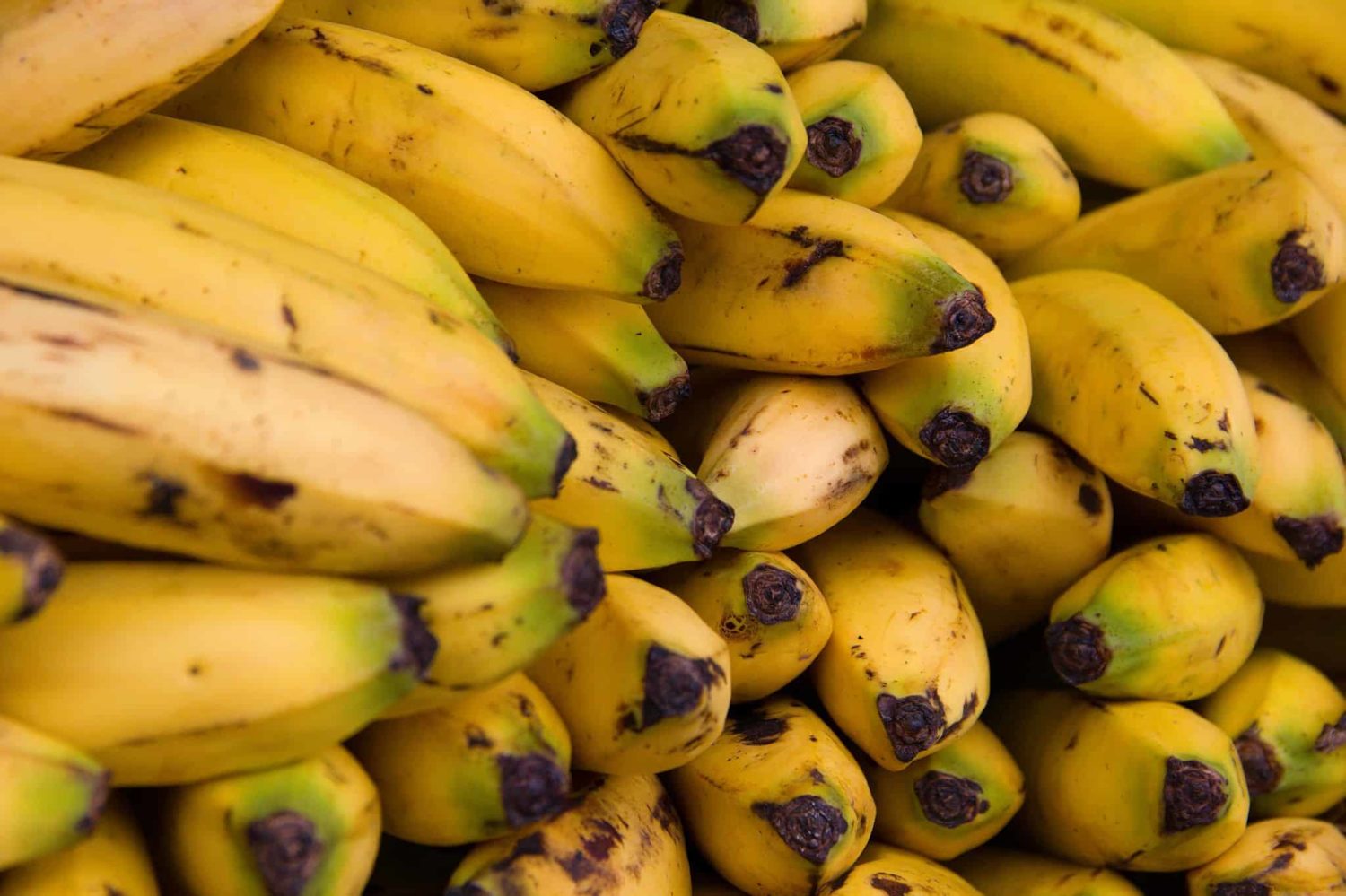Many folks these days are returning to the use of fermented foods for improved health. Fermented food provide us with beneficial microbes and an array of nutrients that protect our digestive tract. Costa Ricans have their fermented foods too, and the chilera is a fine example – that delectable jar of pickled chiles and other vegetables found on the tables of restaurants, sodas and homes around the country, ready to be spooned onto any number of classic dishes.
You may be surprised to know that while chileras today might be made with store-bought white vinegar, in traditional chileras, the vinegar is made from bananas. That’s right, bananas, although it’s best to use a special banana called guineo negro, which you can find in many produce markets.
Guineo refers to New Guinea, where this type of banana came from originally, and negro refers to the characteristic black skin on the stalk of this banana. This banana is very starchy and is usually used for cooking or for vinegar. Sweet bananas can be used for vinegar, too but the resulting liquid is too sweet for a chilera. We find it useful for making our own tomato ketchup.
So here are the details on how you can make your own banana vinegar and chilera.
- First you will need a wide-mouth gallon jar and a bunch of ripe guineo negro bananas.
- Peel the bananas and place them in the jar while mashing them up with your hands.
- Now place the top lightly on the jar. Place your vinegar jar in a cool, dark place
- Let it sit for 3 weeks or more.
- Strain off the vinegar and filter it through a clean cloth into a new glass jar.
To make a chilera from your newly made banana vinegar, simply cut a selection of your favorite vegetables and spices into the jar of vinegar. Onions, carrots, garlic, hot chile peppers, broccoli and cauliflower are typical ingredients. Let them sit for several days before using.
For gardeners who have the space to plant bananas, growing guineo negro bananas is quite easy. The hard part may be finding the young shoots you need.
You may want to ask in the farmers’ markets and nurseries. Now’s an ideal time to plant the young banana shoots as the rains begin.
Read more of Ed Bernhardt’s monthly Home Gardening columns here.






